Maryam Bakhtiari is one of the most famous women in Iranian history. Her name is synonymous with bravery and resistance, surpassing the reputation of her family; she became a leader, without military rank, but who stood against oppression of her land and tribe, taking up arms against foreign enemies.
A courageous woman from the Bakhtiari clan and the Chaharlang branch, Maryam Bakhtiari was the only woman adorned with the German Iron Cross, symbolizing her bravery.
Maryam was born in 1874 to Hossein Qoli Khan Ilkhani Bakhtiari and Bibi Fatemeh Kianarsi, from Chaharlang.
She was the sister of Ali Qoli Khan Sardar Asad Bakhtiari and the mother of Alimardan Khan who was later executed in Qasr prison.
Maryam was only forty days old when she was arranged to marry Ali Qoli Khan Chaharlang. Following her father's death, Maryam's brothers attempted to dissolve the arranged marriage, but their efforts proved unsuccessful.
At the age of 15, Maryam moved to her husband's family home and began living with him.
Growing up among the Bakhtiari tribes, she honed her skills in shooting and horse riding. She commanded several a group of hours riders. Her husband passed away, leaving her to raise their young children alone.
One of these children was Alimardan Khan. Some historical accounts claim that her husband was killed, but in her memoirs, she states that he died at a young age.
After her husband's death, Maryam spent some time living with her brother, Sardar Asad, and eventually married her cousin, Fathullah Khan Zaim al-Saltaneh.
Maryam later came to greater prominence in 1906 when Muzaffaruddin Shah Qajar issued the constitutional decree.
The Bakhtiari clan and Maryam's brothers, particularly Ali Qoli Khan, supported the constitutional movement. The purpose of this political movement was to end Iran’s absolute monarchy and to establish a constitutional monarchy, with a parliament, in the country. Maryam also supported the establishment of a constitution – and spurred Sardar Asad Bakhtiari to take Tehran.
Maryam wrote to her brother, saying, "Now that you have decided to be committed and brave in this endeavor, if all the brave men of the Bakhtiari tribe become martyrs, then gather all the Bakhtiari women, steel yourselves, take up arms and march towards the despotic camp [Tehran] to defeat the enemy. I hope that with your intellect, deep thinking, and the force of the fiery swords of the brave Iranian youth, you will eradicate the roots of this rotten tyranny."
Maryam's house in Isfahan served as a gathering place for the fighters. She personally dispatched letters and telegrams to the leaders of various tribes, delivering passionate and captivating speeches to inspire the tribesmen to rise against the oppression of the ruling Qajar regime.
Prior to the conquest of Tehran, she covertly entered the city, accompanied by a group of riders. When Sardar Asad launched an attack on Tehran, she fortified the rooftop of a house overlooking Baharestan Square, engaging in combat along with a group of Bakhtiari riders.
Although her contributions to the conquest of Tehran were overshadowed in Iranian historical accounts dominated by male narratives, she garnered immense popularity among her people, earning her the title of Sardar or General.
Maryam's unwavering commitment to freedom did not cease after the fall of Tehran.
Her residences became havens for numerous freedom fighters during the constitutional era and the early days of the Pahlavi dynasty.
Figures such as Malk al-Shoara Bahar, Vahid Khorasani, and Dehkhoda, sought refuge under her protection. Without her support, it is possible that Dehkhoda would not have survived.
It was during his stay at Maryam's house that the visionary creator of the largest Persian dictionary, Dehkhoda, conceived the idea for this monumental work, with his initial inspiration deriving from this extraordinary woman.
During World War I, Maryam, along with a group of other Isfahan women, made the decision to support the Germans.
When Isfahan was later occupied by the Russians, the German diplomat Fan Cardef sought refuge in Maryam Bakhtiari's house, finding shelter under her guardianship for three and a half months.
Subsequently, Russian and British forces pursued a contingent of the German Army Legion and several German political representatives near Isfahan.
Maryam, commanding her forces in the Tiran and Kron regions, stood against the joint British and Russian forces, engaging them in a fierce battle. They successfully rescued the German legion and escorted it to their base in Sourshejan within the Bakhtiari region, offering them sanctuary.
Eventually, the Bakhtiari group facilitated the safe departure of the Germans from Iran via Ottoman territory. As a token of gratitude for Maryam's support, Wilhelm II, the German emperor at the time, presented her with an enameled and diamond-encrusted statue, along with his Iron Cross, the highest imperial German military honor.
Maryam Bakhtiari vehemently opposed the 1919 agreement with the British and continued her struggle in Isfahan and Tehran during parliamentary deliberations on this agreement.
She also stood against the British-backed coup d'état on March 3, 1920, alongside her son Alimardan Khan Bakhtiari.
Following his opposition and subsequent expulsion from Isfahan, Mohammad Mosaddeq, who was later Iran’s prime minister during the UK and US coup of 1953, sought refuge with the Bakhtiari clan and became a long-term guest of Maryam.
Apart from Maryam's political struggles, she was a remarkable woman who defied the constraints of a patriarchal society, despite her limited education.
She courageously challenged prevalent customs such as forced marriages, unequal inheritance rights, lack of divorce rights and denial of access to education.
Born into a patriarchal society, she experienced the anguish of being forced into an unwanted marriage at a young age and being deprived of her inheritance.
Maryam voiced her protests in the face of inequality and the violations of women’s rights. In her candid memoirs, she attributed the suffering of women to their "ignorance."
In 1934, Maryam’s son Alimardan Khan Bakhtiari, a staunch opponent of Reza Shah's policy of persecuting nomadic tribes, was arrested and subsequently executed by hanging in Qasr prison.
This event occurred after five years of struggle against the central government. Maryam grieved the loss of her son with immense patience and her mourning served as an emblem of grief for mothers who had lost their own children.
The execution of Alimardan Khan reverberated deeply among Iran’s tribespeople. Numerous hymns and dirges were sung in remembrance of him, some of which originated from the expressions and turns of phrase used by Maryam herself.
She passed away in Isfahan in 1937 and was laid to rest in the renowned Takht-Foulad cemetery.
visit the accountability section
In this section of Iran Wire, you can contact the officials and launch your campaign for various problems













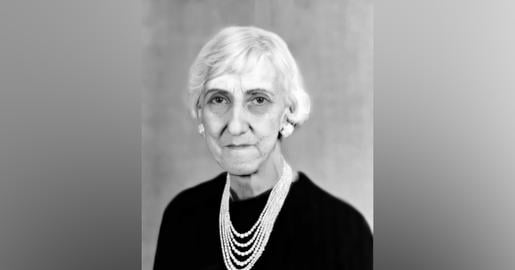


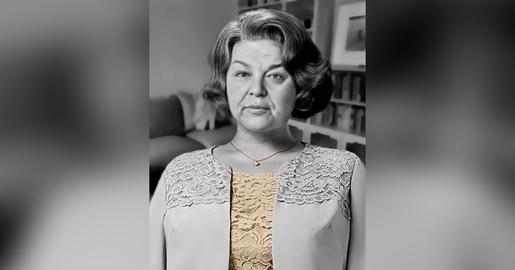
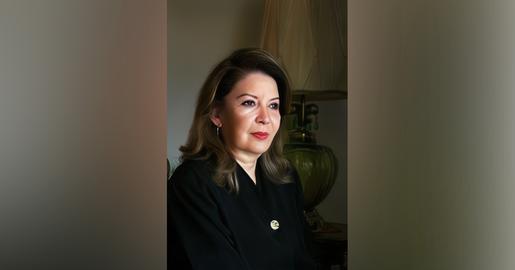

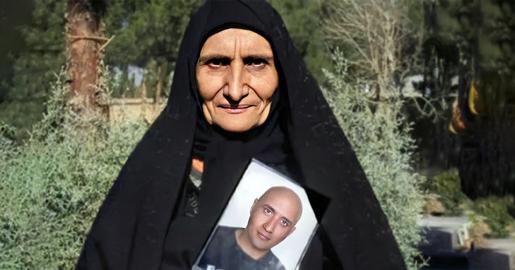

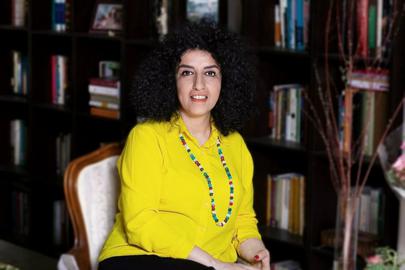

comments